According to information from the provincial Department of Crop Production and Plant Protection, through the results of field inspections on the situation of pests and diseases in the summer-autumn and 2023 winter-spring rice crops in Tuy Phong and Bac Binh districts recently, the department forecasts that in the coming time, stem borers will have the ability to cause strong and widespread damage, greatly affecting the yield of winter-spring rice crops.
Faced with the above situation, to prevent stem borers from arising, developing and causing widespread damage, affecting the yield of summer-autumn rice, the Department of Crop Production and Plant Protection recommends that the Agricultural Technical and Service Centers of districts, towns and cities propagate and guide farmers on some preventive measures. Specifically, farmers are advised to visit their fields regularly to promptly detect and take effective measures to prevent stem borers from damaging rice. In particular, manual measures can be applied such as in the early stages of stem borer development (butterflies or adults), farmers can use lantern traps, remove wilted rice, and destroy egg nests.
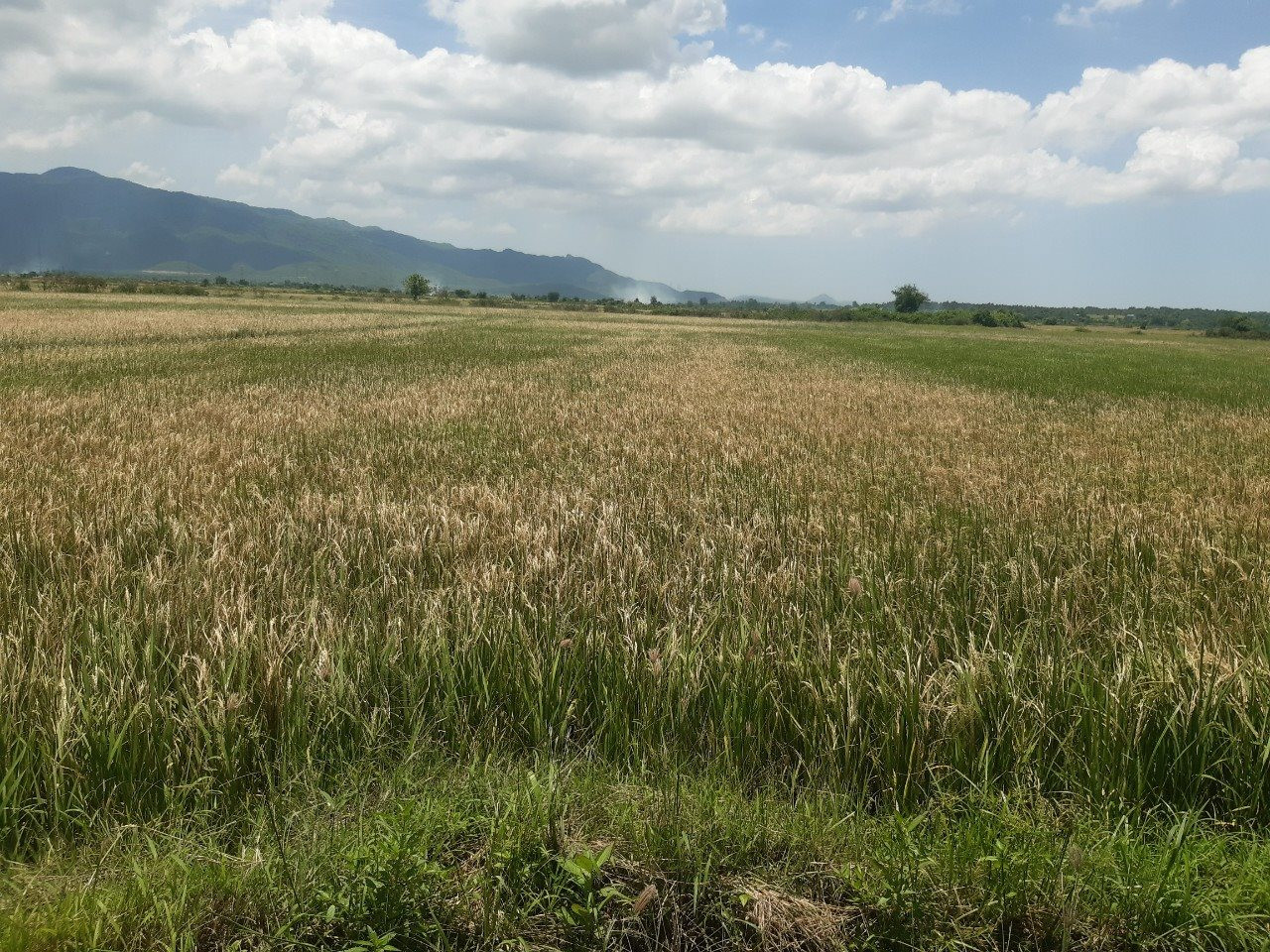
Regarding chemical measures, using pesticides to kill stem borers 5-7 days after the butterflies appear is the most economical measure, choosing systemic pesticides. One of the following drug groups can be used: Abamectin (Reasgant 5WG, Abasuper 1.8EC, Actamec 75EC, Voliam targo® 063SC...), Azadirachtin (Misec 1.0EC, Ramec 18EC, Agiaza 4.5EC...), Bacillus thurigiensis (Amatic, Tp-Thanh Toc, Anhui...), Carbosulfan (Marshal) 200SC, Sulfaron 250EC, Afudan 20SC, Coral 5GR...) Cartap (Branded Chicken 4GR, Padan 4GR...), Chlorantraniliprole (Virtako® 40WG, Prevathon® 35WG), Cyantraniliprole (Benevia® 100OD, Minecto Star 60WG)...
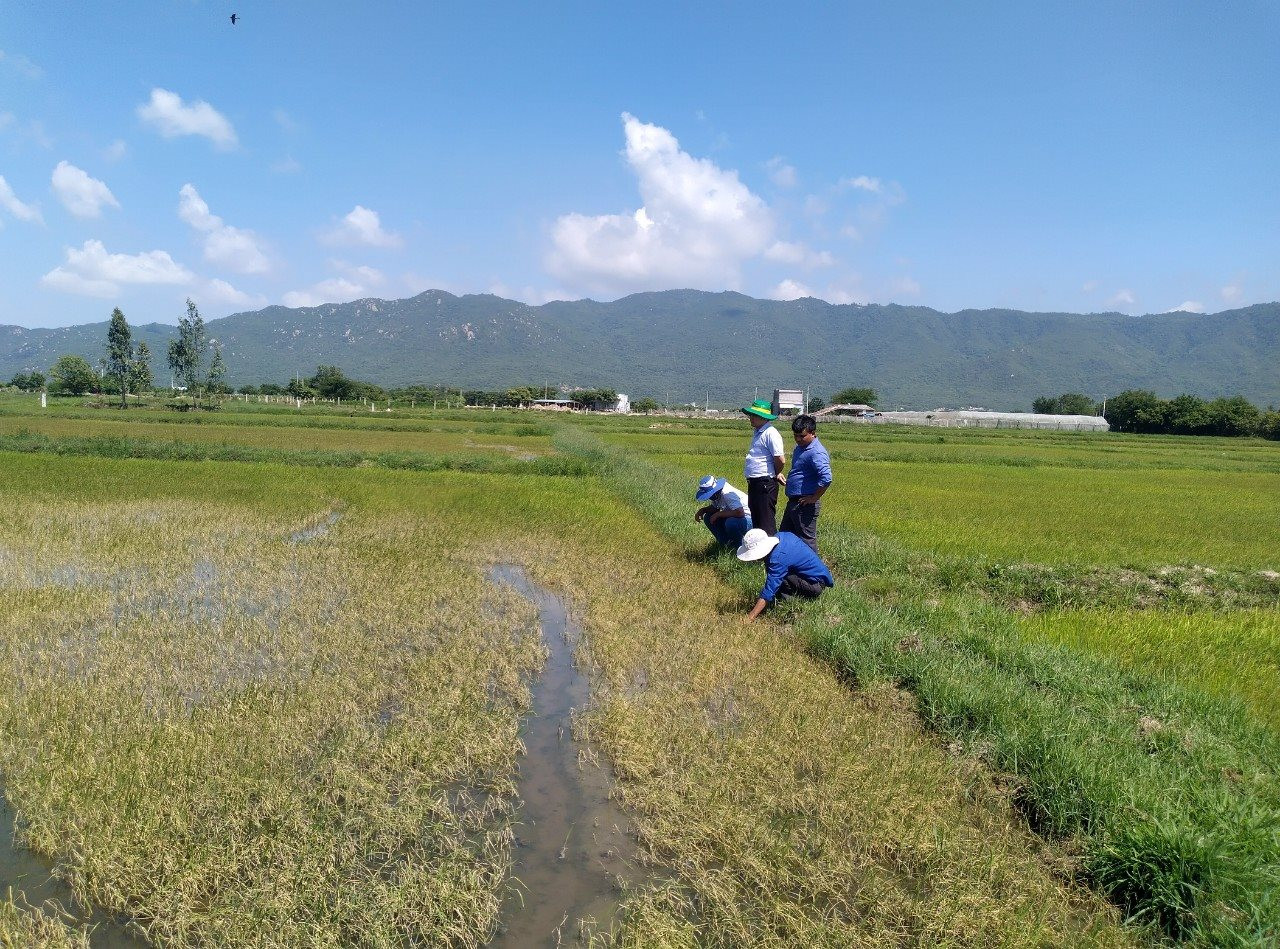
For fields severely damaged by stem borers, after harvesting, the stubble should be plowed down and the fields should be cleaned to destroy larvae and pupae to prevent the emergence of stem borers in the next crop. It is especially important to limit the use of chemicals 40 days after sowing to protect the natural enemies of stem borers in rice fields such as ladybugs, parasitic wasps, spiders, and 3-segmented beetles. If stem borers damage the seedlings (less than 25 days old), spread additional fertilizer and thin out the fields. In case of necessity (a large number of butterflies, high egg density), spray with biological products such as: Bacillus thurigiensis (Amatic, Tp-Than toc, An huy...), Beauveria bassiana (Muskardin 10WP...), or specialized drugs such as: Chlorantraniliprole (Virtako® 40WG, Prevathon® 35WG), Cyantraniliprole (Benevia® 100OD, Minecto Star 60WG...) for spraying.
In addition, the Department of Crop Production and Plant Protection requested the Agricultural Technical and Service Centers of districts, towns and cities to strengthen the investigation and forecast of pests and diseases on rice to promptly detect and guide farmers to effectively prevent stem borers to protect the yield of the summer-autumn rice crop.
A few days earlier, in Bac Binh district, while most of the summer-autumn rice areas had been harvested, achieving the highest yield and dry rice price ever, in the communes of Phan Hoa, Phan Ri Thanh, Phan Hiep, Hai Ninh, Phan Dien, there were about 245 hectares of rice in the ripening - harvesting stage showing signs of silvering (flat grains), causing losses for growers. The common damage rate is from 30 - 40%, with an area of about 230 hectares, with some areas having a damage rate of over 70%, an area of about 15 hectares. Stem borers cause damage to most rice varieties produced in the summer-autumn crop of 2023. According to the assessment of the professional inspection team in the field, the areas damaged by stem borers, mainly due to farmers' ineffective control of stem borers, are in areas where the sowing time is different from the local crop schedule.
Source




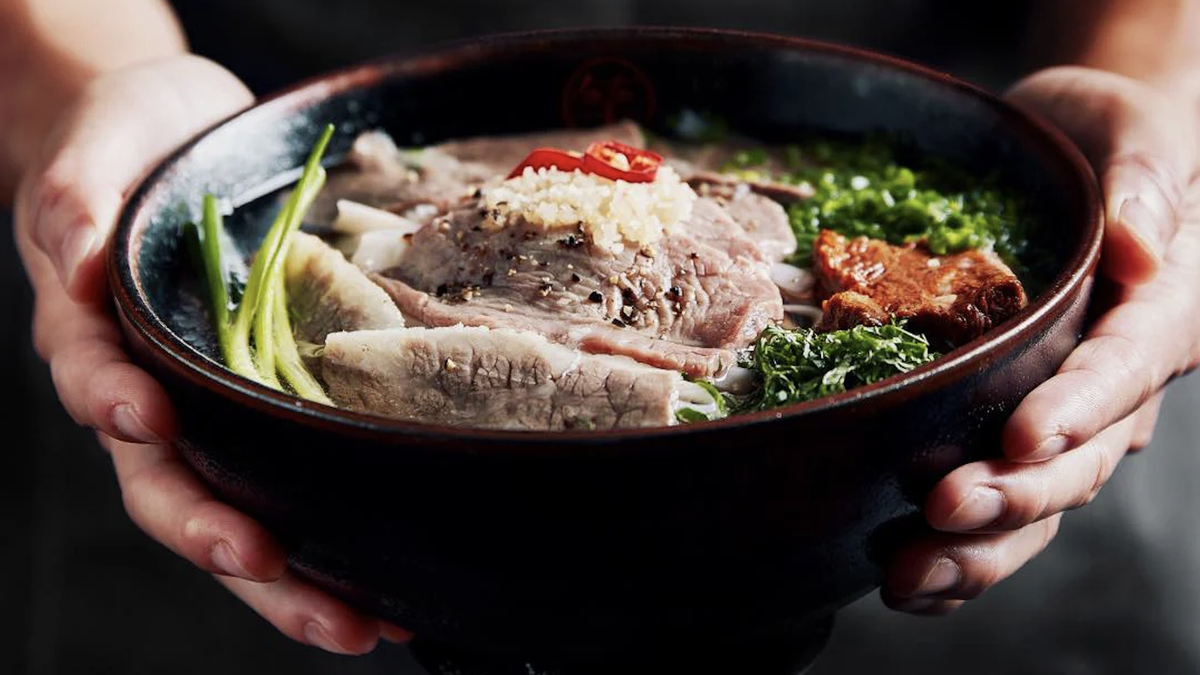
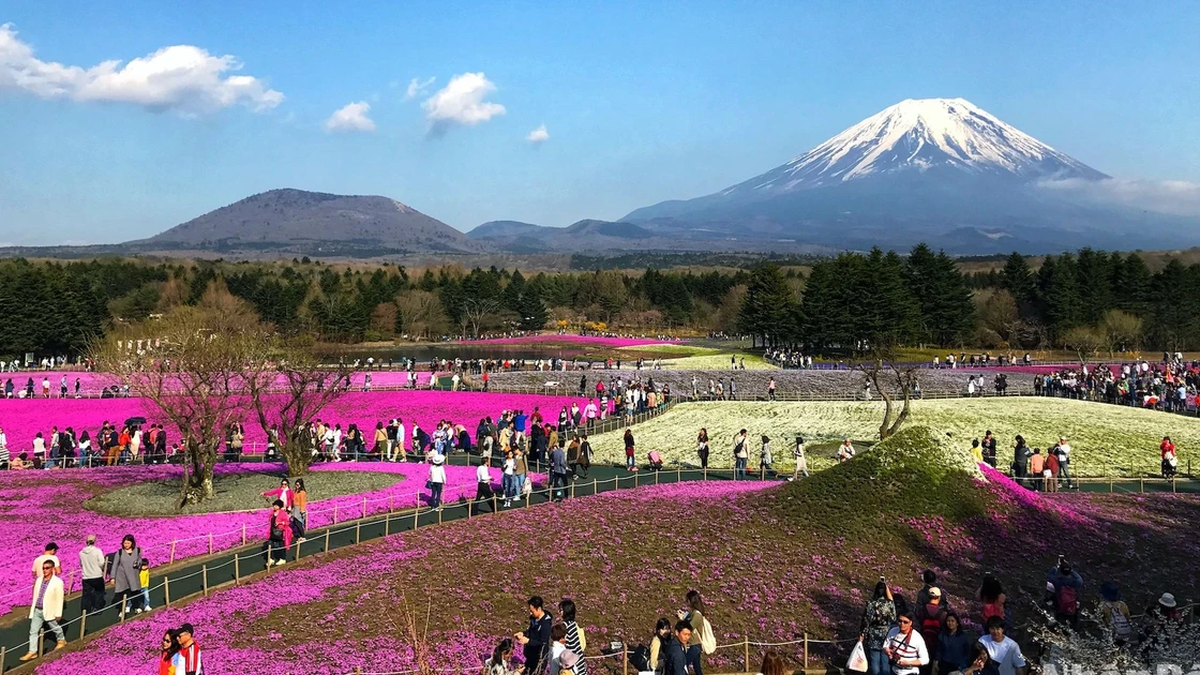
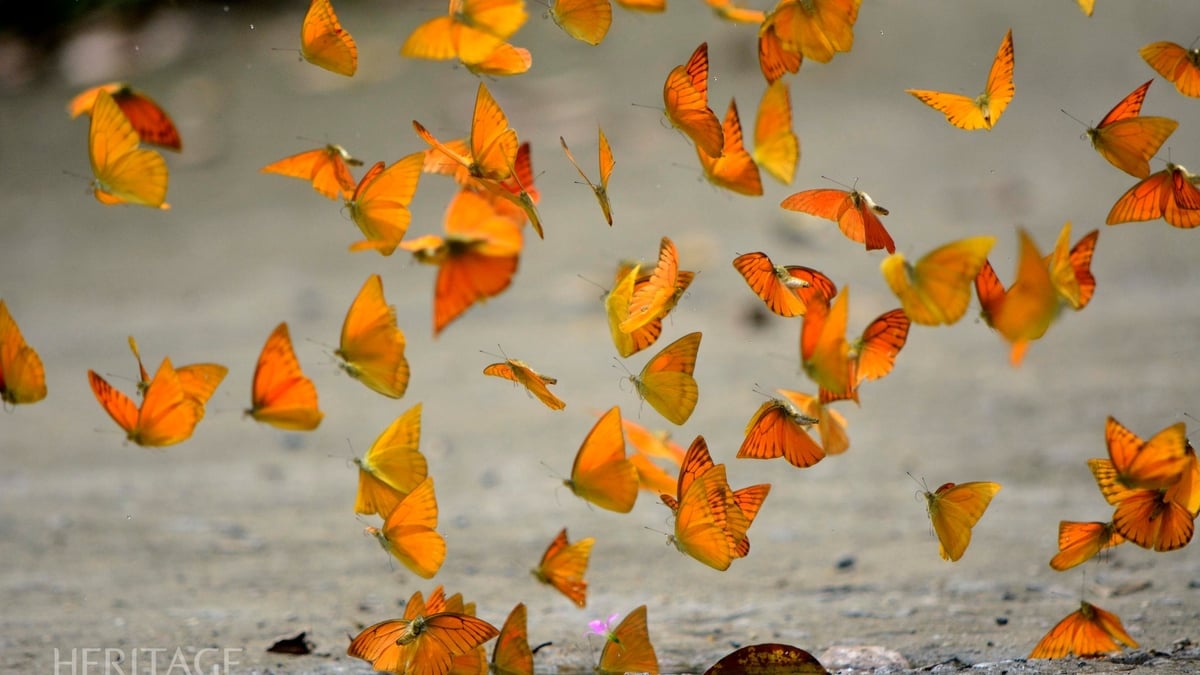



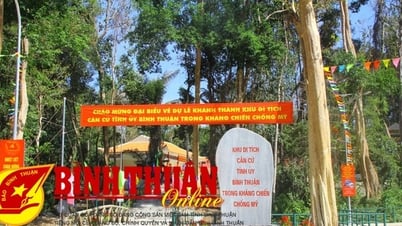




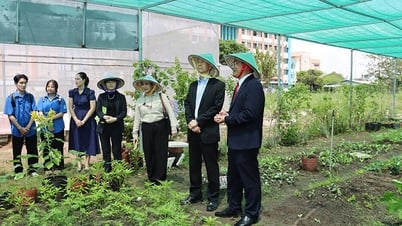


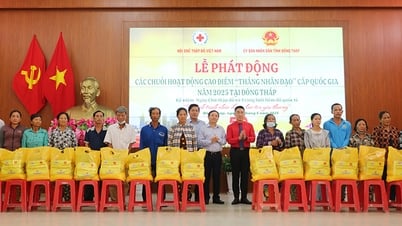
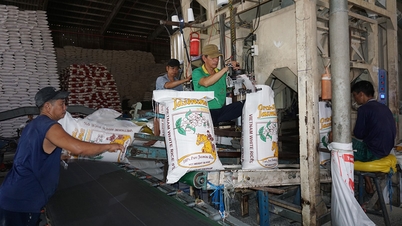






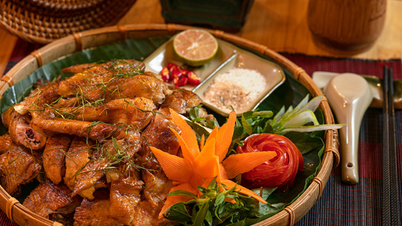

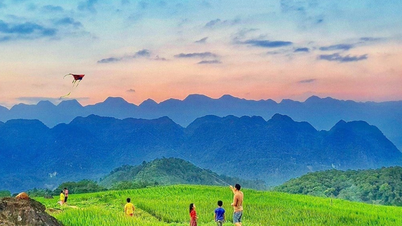

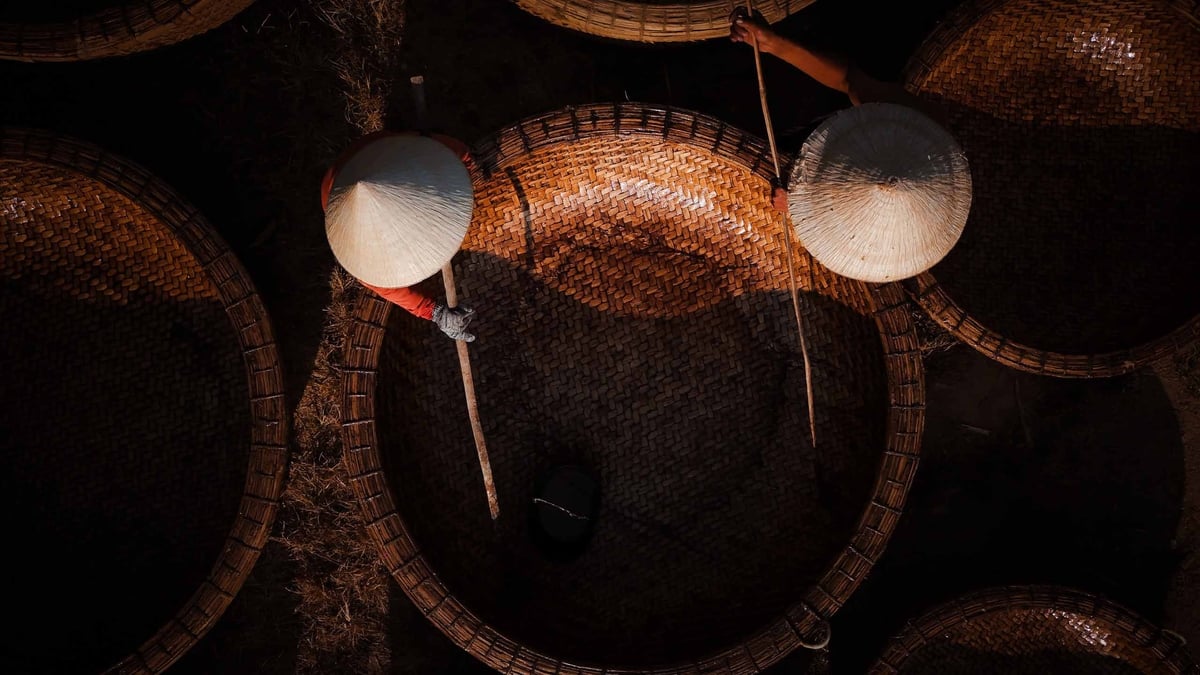
































![[Photo] Prime Minister Pham Minh Chinh talks on the phone with Singaporean Prime Minister Lawrence Wong](https://vphoto.vietnam.vn/thumb/402x226/vietnam/resource/IMAGE/2025/5/8/e2eab082d9bc4fc4a360b28fa0ab94de)








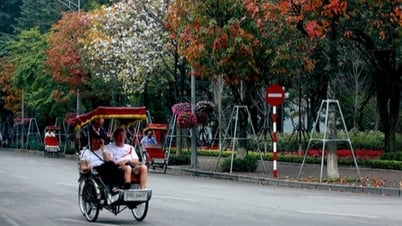


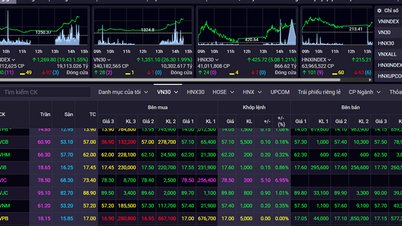





















Comment (0)